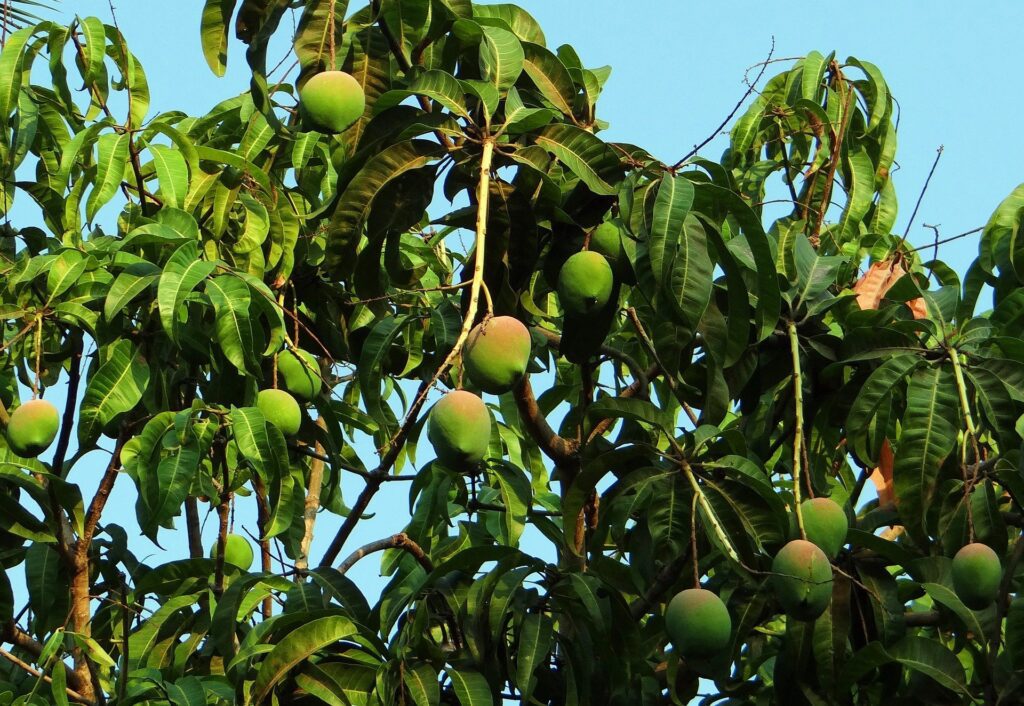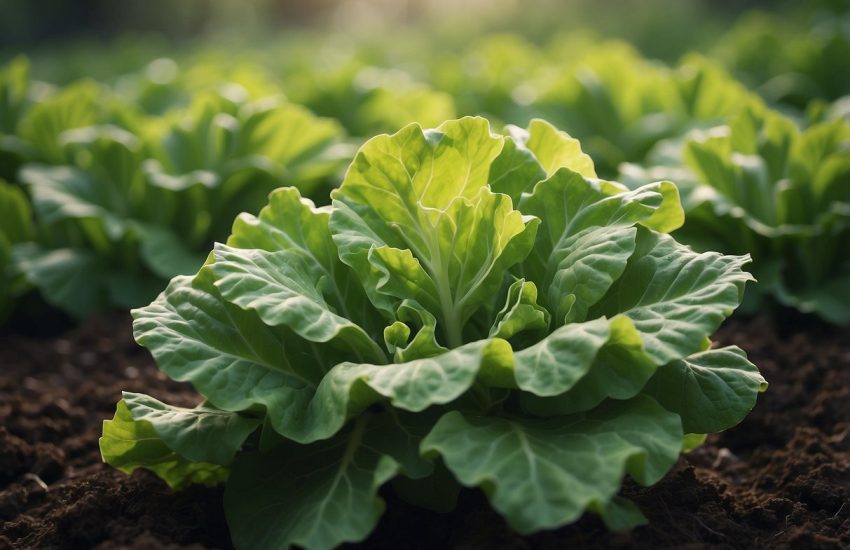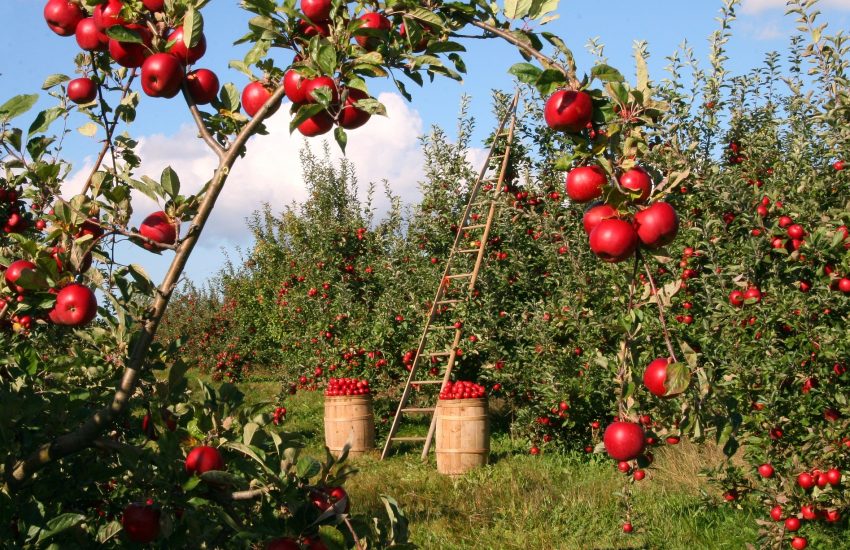Mango Farming: How to Grow and Harvest
The King of Fruits, Mangoes are one of the most popular fruits in the world. Mangoes are delicious, nutritious fruits that are preferred by people all over the world. Mangoes with their exotic and unique taste are one of the leading fruit crops in the world. Mangoes stand as the leading fruit in the case of fruit farming. Mangoes are not only delicious but are filled with nutritional value and medical benefits making them one of the healthiest fruit available.
Mangoes are a rich source of vitamin A and vitamin C which makes mangoes rich in nutrition. Another special feature that makes mangoes popular vis their uses. Mangoes can be used and consumed at various stages of development. Raw as well as ripe mangoes stand very popular increasing the market value of the mangoes. Mangoes can also be used in various forms, either in their whole form or in their processed forms. Mangoes can be consumed fresh or even as mango pulp.
The mango trees are also not very difficult to maintain as they are very resilient. India utilizes these positive factors and tends as the largest exporter of mangoes in the world. India exports around 60% of mangoes overall. This makes mango farming an attractive type of farming.

Planting in mango farming
The planting of mangoes is an important stage in the process of mango farming. This stage has to be done carefully as this will ensure the proper growth and development of mangoes. Proper care and all the rules ought to be followed to ensure that the yield is high and ultimately increase the economic returns.
Propagation of mangoes is the first step regarding planting mangoes. The propagation of mangoes is an important aspect of mango farming. Mango propagation can be done in several ways. Mangoes can be propagated either through seeds or through vegetative propagation. However, mangoes for mango farming are usually vegetatively propagated. They can be done through various techniques such as veneer grafting or inarching or through the process of epical grafting. These are the methods of attaining materials for mango planting.
Mangoes are planted in a particular season to attain maximum yield. Mangoes are usually planted in July. They can also be planted up to August. The mangoes that are planted from July to August are usually planted so in the case of rainfed areas. However, the season for planting mangoes differs in the case of irrigated areas. In the case of these irrigated areas, they are preferably planted in February up to March. In cases of areas that face a lot of rainfall, they are planted usually at the end of the rainy season. This is the season for planting mangoes which will lead to successful development.
Mangoes while planted in the ground must be spaced apart from each other so that they can grow without disturbing the plant nearby. To promote the induvial development of these trees usually a space of 10m. is provided between each tree. This is usually done in dry and moist areas. These are the factors to be considered regarding mango farming.
Growth of mangoes
Mangoes require a certain acre and attention regarding their growth and development. This has to be shown to improve the yield of the mangoes and ultimately maximize profits. Mangoes must be cared for in each stage o as to ensure the successful development of fruits along with uniformity in the development of the fruits.
The first stage of growing mangoes is training and pruning. This is an important stage as it helps in providing a form to the mango trees and also ensures the bearing of rich fruits. Thus, training and pruning stand as a critical part of the growth of mangoes. Training of mangoes is very important in the initial stages of development. Raining at a young age is critical as it provides a definitive shape to the tree. Mangoes may sometimes tend to branch too low. Branches that develop too close to the ground are considered low. These branches must be trained immediately. This will ensure that the trunk of the mango trees is strong and thus ultimately will result in the great development of the tree and good fruits.
Mangoes also require attention regarding nutrients. The soil may be fertile enough to sustain the growth of the mangoes, but the application of additional fertilizers is needed to promote the maximum development of mangoes. These fertilizers are usually administered in two doses to ensure maximum development. They are applied at two intervals during the growth process of the mangoes. The first dose of fertilizers is usually applied in June to July, immediately after the period of harvesting. This is the period for the application of the first half of fertilizers.
Meanwhile, the second dose of fertilizers is applied at a later period. They are usually applied in October. They can be applied in both the cases of young orchards and old orchards. After the application of fertilizers, it is necessary to water these trees. In case of lack of rainfall or scanty rainfall, irrigation must be followed. In instances where mango farming is done in sandy soils, there is a necessity for foliar application of 3% of urea. This application is usually done before the flowering stage.
For trees, the application of fertilizers depends on the age of the trees. Trees that are up to 1 year of age require around 100 grams of Nitrogen, 50 grams of P2O5, and around 100 grams of k2O. when the trees reach the age of 10 or above the application of fertilizers increases. The application of fertilizers then becomes up to 1 kg of nitrogen, 500 grams of P2O5, and up to 1 kg of K2O.
Apart from these artificial fertilizers, natural fertilizers and organic matter can also be used to further support the growth of the mangoes. Well-decomposed farmyard manure can be added. These can be added every year as this will ensure inculcating fertility in the soil which will be beneficial to the mangoes. Micronutrients can also be applied. These are the methods of growth of the mangoes to ensure maximum development and better yield.
Read Here for more Detail: Peach Farming Plant and Harvest
Irrigation in mango farming
Irrigation is an important aspect of any type of farming. Mango farming also faces the same situation. Water should be provided in ample quantity to help in the thriving and development of the mangoes. The water requirements for the mangos changes from one stage of growth to another and thus sufficient care has to be shown regarding the irrigation of the mangoes. Young plants require more irrigational needs in comparison to matured trees.
The young trees need to be watered more frequently regularly. This will help in the growth and development of these plants into full-grown adult trees. In the case of grown-up trees, the need for irrigation significantly reduces. The grown-up trees that bear fruits require irrigation on an interval from the stage of bearing fruits up to the stage of maturity of the fruits. These trees are usually irrigated once every 10 days or once every 15 days. This will ensure the good development of fruits.
However, the process of irrigation must be setback a few months before the process of flowering. Before the trees begin to bloom, irrigation must be reduced to prevent the growth of vegetative shoots at the cost of flowers. 2 to 3 months before the beginning of flowering, irrigation is reduced to promote the development of more flowers. These are the factors to be considered regarding the irrigation of the mango trees.
Intercropping of mango orchards
One of the benefits of mango farming is the feature of intercropping which can be followed. This doubles the income generated from mango farming. These inter crops must be selected carefully as they must meet some features as that of mangoes. The climatic needs, soil conditions, and nutritious needs of these intercrops must be similar to that of the mangoes. This will result in easier farming of the crops. The crops chosen can either be vegetables or fruits.
These crops must usually be of short duration, that is, the time required for the maturity of these crops must be in a few months. They can also be dwarf crops, as the mango trees are tall enough, it is possible to grow dwarf fruits. This will lead to double income. A few dwarf crops that can be grown are papayas, guavas, peaches, and plums. As long as these intercrops meet the agro-climatic factors of the region they can be grown as intercrops. However, a few water and nutritious requirements may differ from that of the mangoes. These must be met separately for these plants. These are the factors to be considered in the case of intercropping mango orchards.
Harvesting in mango farming
Harvesting must be done with care and attention as it determines the productivity achieved. It shows the yield that is gained from the process of mango farming. Harvesting is the process that determines the profits availed. The yield so achieved is influenced by the type of mango variety and also by the agro-climatic conditions in that particular region. These factors will influence the result. Mango trees that are grafted take up to 5 years to start bearing fruits. After that, they reach maturity and continue to bear fruits regularly. Trees that are grown from seedlings usually take around 8 years to start bearing fruits. Some seedling trees may take even up to 10 years to begin bearing fruits.
The beginning years of bearing may be very slow. The first couple of years of bearing fruits will be quite low in comparison to the fruits borne by mature trees. The fruits may be only up to 10 to 20 fruits in number. These fruits will gradually begin to increase going up to 50 in number. These trees may gradually mature and the trees in their tenth year would be capable of bearing even up to 500 fruits.
Trees up to 40 years face the highest productivity of fruits. 1000 to 3000 fruits can be produced every year for trees that are around 40 years of age. However, this is only for one year. After the year 40, the production of mangoes gradually begins to decline. Once the mangoes are harvested, they ought to e stored in a cool and dry place to prevent them from getting perished. They are then packed and transported. They can be sold at the local market or exported. This process will result in economic benefits.
Conclusion
Mango farming is a very successful type of farming as the economic value of mangoes is quite high. Mango farming is done with sufficient care and attention and can be quite successful and will result in good profits, this is the reason that mango farming stands as one of the most successful types of farming in the world.


